17 States That Will Gain or Lose Electoral-College Votes After the 2020 Census
Every 10 years, the 435 seats in the House of Representatives are re-assigned based on the results of the U.S. Census. And that has huge implications not just for the Electoral College, but local funding, too.
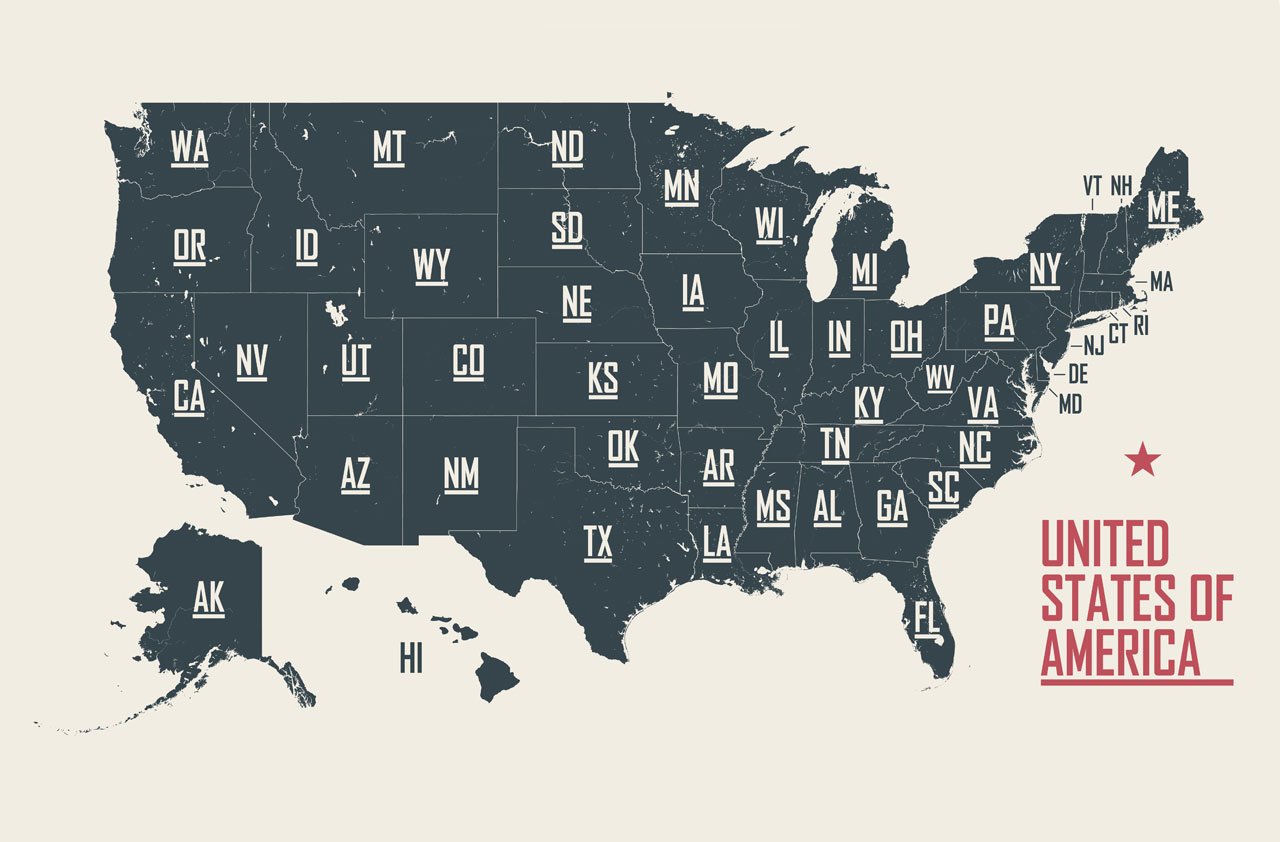

Every 10 years, the 435 seats in the House of Representatives are reassigned based on the results of the U.S. Census. This also helps determine a state’s number of votes in the Electoral College (House seats plus Senate seats, plus three additional for the District of Columbia for a sum of 538) and thus its power to decide presidential elections.
Where people go, so goes political power. According to Election Data Services, at least 17 states will likely gain or lose seats—and electoral college votes—after the 2020 Census, based on the latest demographic trends. States in the South and West will see the biggest gains; Texas could pick up as many as three seats, the most of any state. The Midwest and Northeast will not fare as well: Eight of the 10 states set to lose House seats are from these two regions.
Both parties could profit from these developments. Take Florida, whose rapid growth is fueled by both increasing numbers of younger Latinos, who tend to vote Democratic, and older retirees, who tend to vote Republican. As a result, the Sunshine State will probably remain the archetypal swing state for years to come.
One thing to keep in mind: Since the number of House seats is fixed, even states whose populations have grown over the past decade, such as California, are at risk of losing representation in Congress to those that have grown even faster.
Another: These are just preliminary estimates. The full picture will only be clear with the results of the 2020 Census, which has been complicated by COVID-19. While the Census Bureau halted field operations on Oct. 15 after getting the OK from the Supreme Court, many state and local officials are prepared to challenge the results, alleging that the agency undercounted the population in certain areas.
Will your state's political influence surge or dwindle in the coming decade? Take a look.

Alabama
- Population: 4.9 million (24th)
- 2010-2019 population growth: 2.5% (30th)
- Current House seats: 7
- Forecast for House seats after the 2020 Census: 6
- Current Electoral College votes: 9
- Forecast for Electoral College votes after the 2020 Census: 8
A state doesn’t need to lose people to lose seats in Congress. Take Alabama. The Heart of Dixie’s population is still growing, but slowly. The state has added a little over 100,000 people since 2010, roughly the capacity of the University of Alabama’s Bryant-Denny Stadium in Tuscaloosa. Four counties—Baldwin (Mobile), Madison (Huntsville), Lee (Auburn) and Shelby (Montgomery)—account for the bulk of that growth. Without them, Alabama’s population would be shrinking.

Arizona
- Population: 7.3 million (14th)
- 2010-2019 Population growth: 13.9% (7th)
- Current House seats: 9
- Forecast for House seats after the 2020 Census: 10
- Current Electoral College votes: 11
- Forecast for Electoral College votes after the 2020 Census: 12
Arizona’s population grew more in the last year than Alabama’s did in the last decade. Most of the credit goes to booming Phoenix (the fastest-growing U.S. city) in Maricopa County (the fastest growing U.S. county), but all of Arizona’s five largest counties—Pima (Tucson), Pinal (metro Phoenix), Yavapai (metro Phoenix) and Yuma—have clocked steady gains since 2010.

California
- Population: 39.5 million (1st)
- 2010-2019 Population growth: 5.9% (20th)
- Current House seats: 53
- Forecast for House seats after the 2020 Census: 52
- Current Electoral College votes: 55
- Forecast for Electoral College votes after the 2020 Census: 54
California remains the most populous and prosperous U.S. state—by a long shot. But the Golden State is losing some of its luster. While the state’s population is still growing thanks to natural increase plus foreign immigration, more people are leaving than coming in, a response to the state’s rising cost of living. Residents of Los Angeles and San Francisco are among the most likely in the country to say they want to move. Some are merely relocating to lower cost areas of California such as Sacramento, the state capital, and the Inland Empire (Riverside and San Bernardino counties), while others move to states such as Idaho, Nevada and Texas.

Colorado
- Population: 5.8 million (21st)
- 2010-2019 Population growth: 14.5% (3rd)
- Current House seats: 7
- Forecast for House seats after the 2020 Census: 8
- Current Electoral College votes: 9
- Forecast for Electoral College votes after the 2020 Census: 10
Colorado is one of the nation’s fastest growing states, benefiting especially from an influx of young people into the Denver, Boulder, Fort Collins and, more recently, Colorado Springs metro areas. More than half the state’s population resides in the Denver metro area, where the population of the city itself has grown by nearly 19% since 2010.
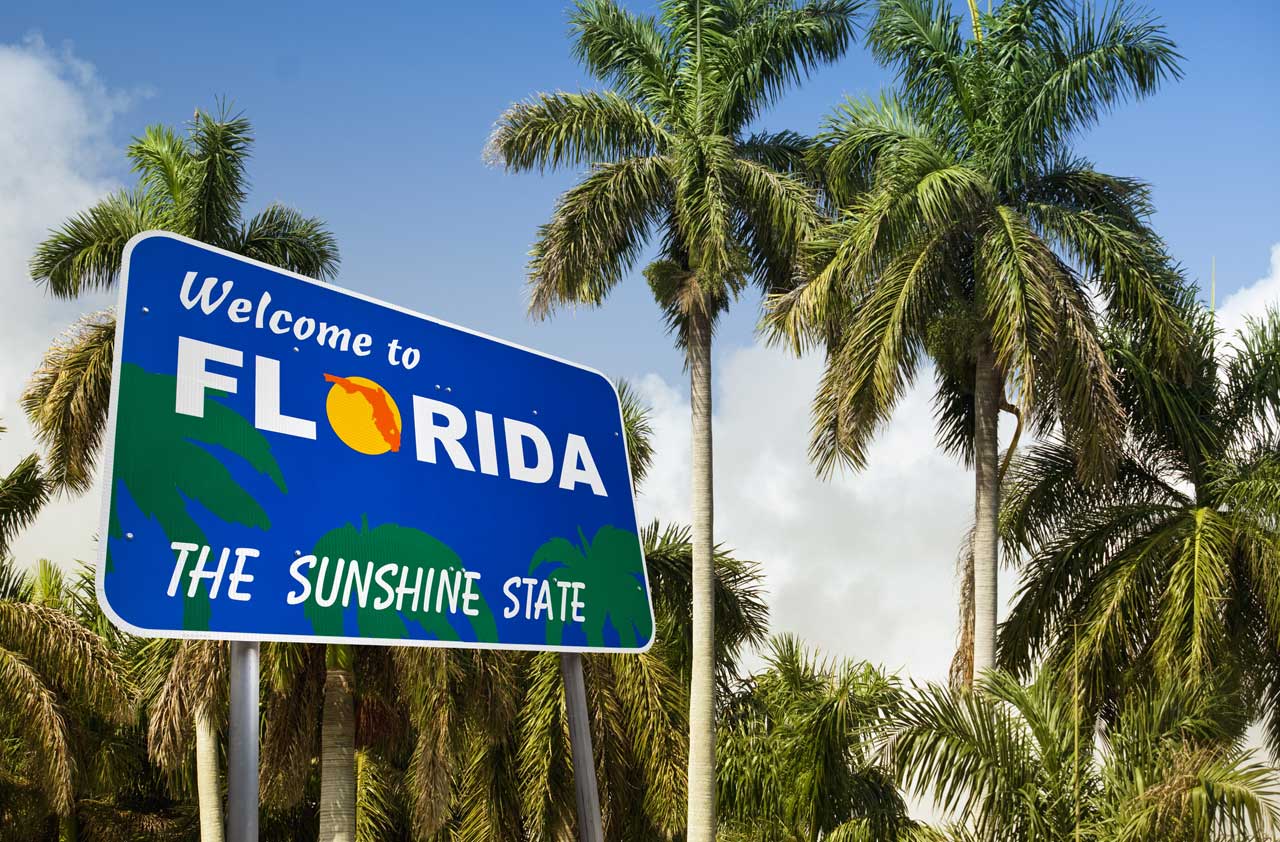
Florida
- Population: 21.5 million (3rd)
- 2010-2019 Population growth: 14.2% (4th)
- Current House seats: 27
- Forecast for House seats after the 2020 Census: 28
- Current Electoral College votes: 29
- Forecast for Electoral College votes after the 2020 Census: 30
The Sunshine State first boomed with the advent of air conditioning after World War II, and the boom—minus the occasional bust, such as the 2008 financial crisis—has never really stopped. Indeed, the 2.6 million people Florida has added since 2010 (second only to Texas) is actually a step down from recent decades' gains. But it’s still good enough to net the state another House seat. Orlando-Kissimmee-Sanford is notably the second-fastest growing metro area in the country, but few parts of the state have gone untouched by the recent population boom.
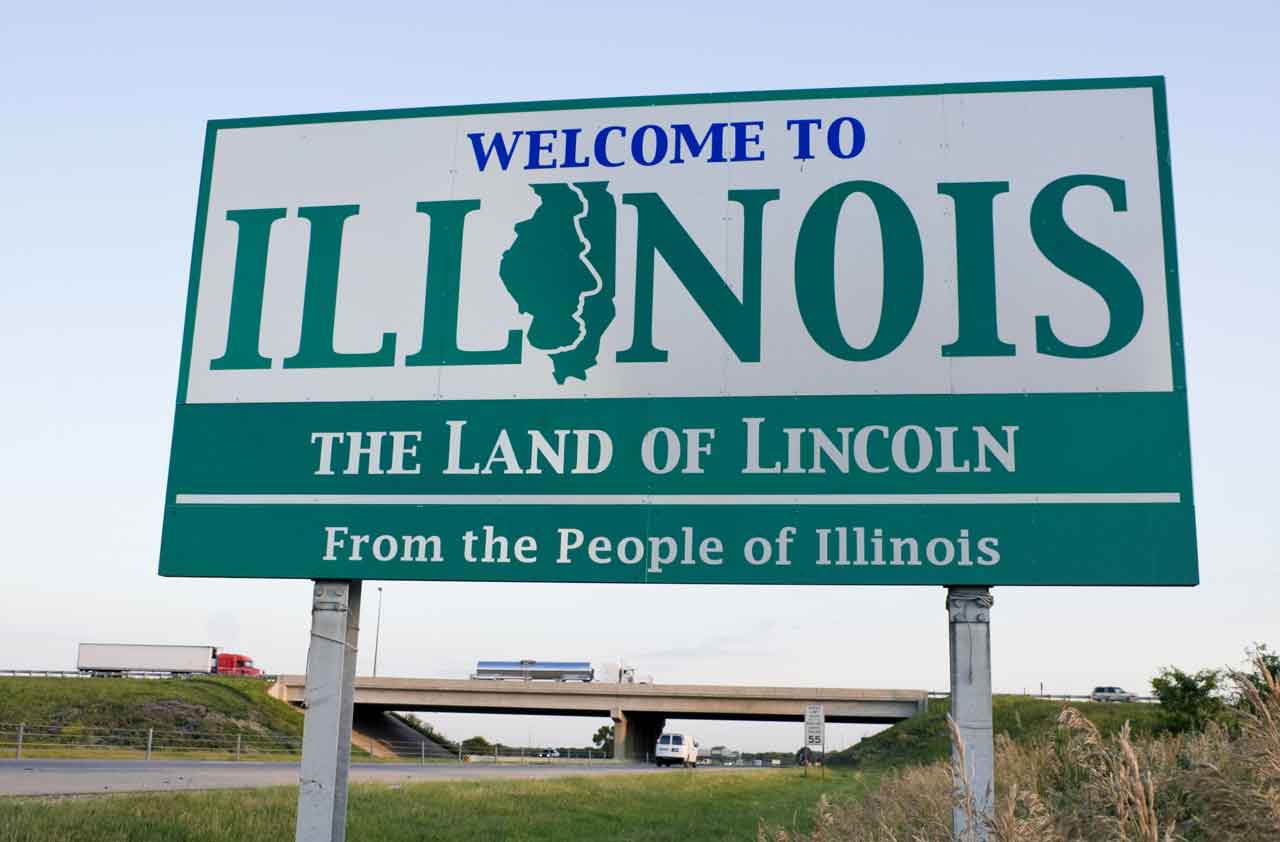
Illinois
- Population: 12.7 million (6th)
- 2010-2019 Population growth: -1.2% (49th)
- Current House seats: 18
- Forecast for House seats after the 2020 Census: 17
- Current Electoral College votes: 20
- Forecast for Electoral College votes after the 2020 Census: 19
The Land of Lincoln has lost more people than any other state since the last Census: 159,751, more than the population of Naperville, the state’s third-largest city. Like California, Illinois has seen people move out of the state in droves, coinciding with a string of recent tax hikes. Unlike California, it hasn’t seen enough births and/or foreign immigration to offset these losses.
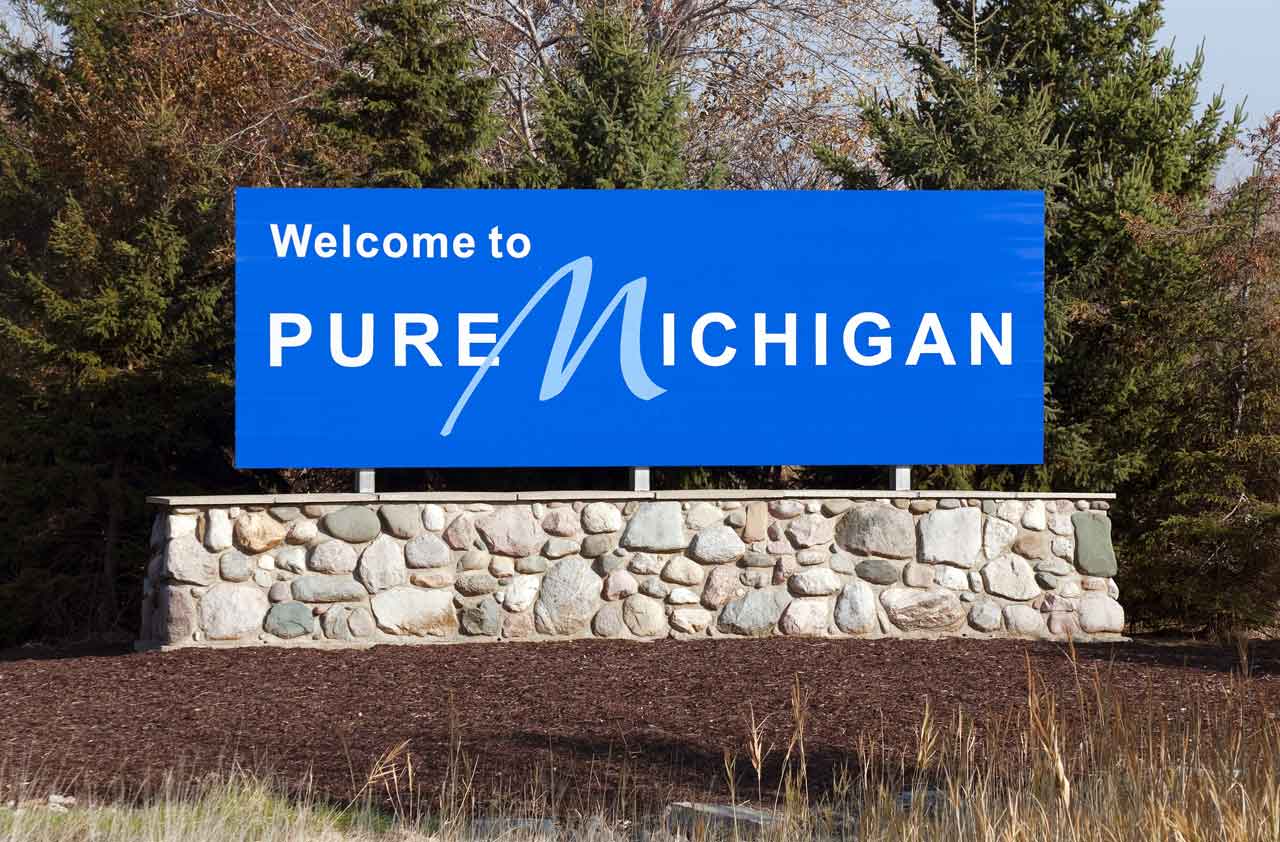
Michigan
- Population: 9.9 million (10th)
- 2010-2019 Population growth: 1.0% (40th)
- Current House seats: 14
- Forecast for House seats after the 2020 Census: 13
- Current Electoral College votes: 16
- Forecast for Electoral College votes after the 2020 Census: 15
Michigan was the only U.S. state whose population shrank from 2000 to 2010, and it hasn’t seen much of a rebound in the last decade, adding only a paltry 102,701 people since 2010. There are a few bright spots. Eight of the state’s 10 largest counties have grown roughly 4% or more since 2010, including Oakland and Macomb (metro Detroit), Kent and Ottawa (metro Grand Rapids), Washtenaw (Ann Arbor), Ingham (Lansing) and Kalamazoo (Kalamazoo). But the population of Wayne County, the most populous in the state, further contracted over the past decade, as did the city of Detroit.

Minnesota
- Population: 5.6 million (22nd)
- 2010-2019 Population growth: 6.3% (19th)
- Current House seats: 8
- Forecast for House seats after the 2020 Census: 7
- Current Electoral College votes: 10
- Forecast for Electoral College votes after the 2020 Census: 9
Steady but slow growth over the past decade likely won’t be enough for Minnesota to keep its eighth House seat, which the state almost lost in the last round of congressional reapportionment. The Twin Cities metro area is growing, each of its most populous counties (Hennepin, Ramsey, Dakota, Anoka, Washington) expanding by 6% or more since 2010. The rest of the state, by and large, is not.

Montana
- Population: 1.1 million (43rd)
- 2010-2019 Population growth: 7.9% (16th)
- Current House seats: 1
- Forecast for House seats after the 2020 Census: 2
- Current Electoral College votes: 3
- Forecast for Electoral College votes after the 2020 Census: 4
- Net gain/loss: +1
As the name suggests, Big Sky Country has plenty of room to grow. And grow it has. Montana has posted steady population gains since 2010, most likely enough for the state to gain back the second House seat it lost following the 1990 Census. Bozeman, the state’s fourth-largest city, is the country’s fastest-growing “micropolitan” area.
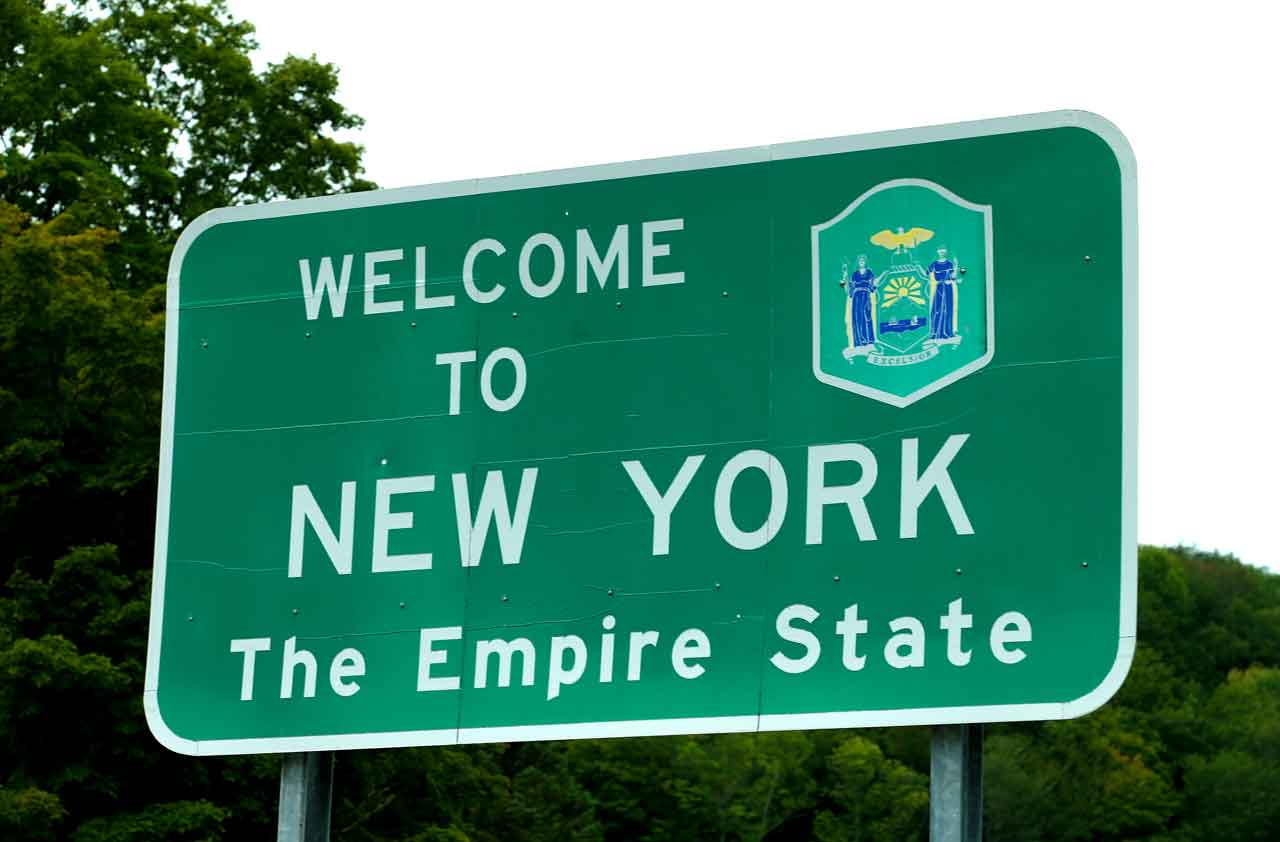
New York
- Population: 19.5 million (4th)
- 2010-2019 Population growth: 0.3% (45th)
- Current House seats: 27
- Forecast for House seats after the 2020 Census: 26
- Current Electoral College votes: 29
- Forecast for Electoral College votes after the 2020 Census: 28
New York is essentially the tale of two states: While New York City’s population (roughly 40% of the state total) has grown 2.5% since 2010, the rest of the state has shrunk 1.5%. The result is stagnation. Even the Big Apple’s population has been in decline since 2016. As a result, the state will lose a congressional district for the eighth Census in a row. It's been worse: New York lost two congressional seats after the 2010 and 2000 Censuses, three after the 1990 Census and five after the 1980 Census.

North Carolina
- Population: 10.5 million (9th)
- 2010-2019 Population growth: 9.5% (12th)
- Current House seats: 13
- Forecast for House seats after the 2020 Census: 14
- Current Electoral College votes: 15
- Forecast for Electoral College votes after the 2020 Census: 16
North Carolina has been one of the nation’s fastest growing states for half a century. Its population has more than doubled since 1970, and the state closed out the most recent decade by adding 100,000 people or more for four years in a row (2016-2019). Rapid growth in the state’s urban and suburban areas, especially the Charlotte and Raleigh-Durham metro areas, has more than offset declines in most rural jurisdictions.
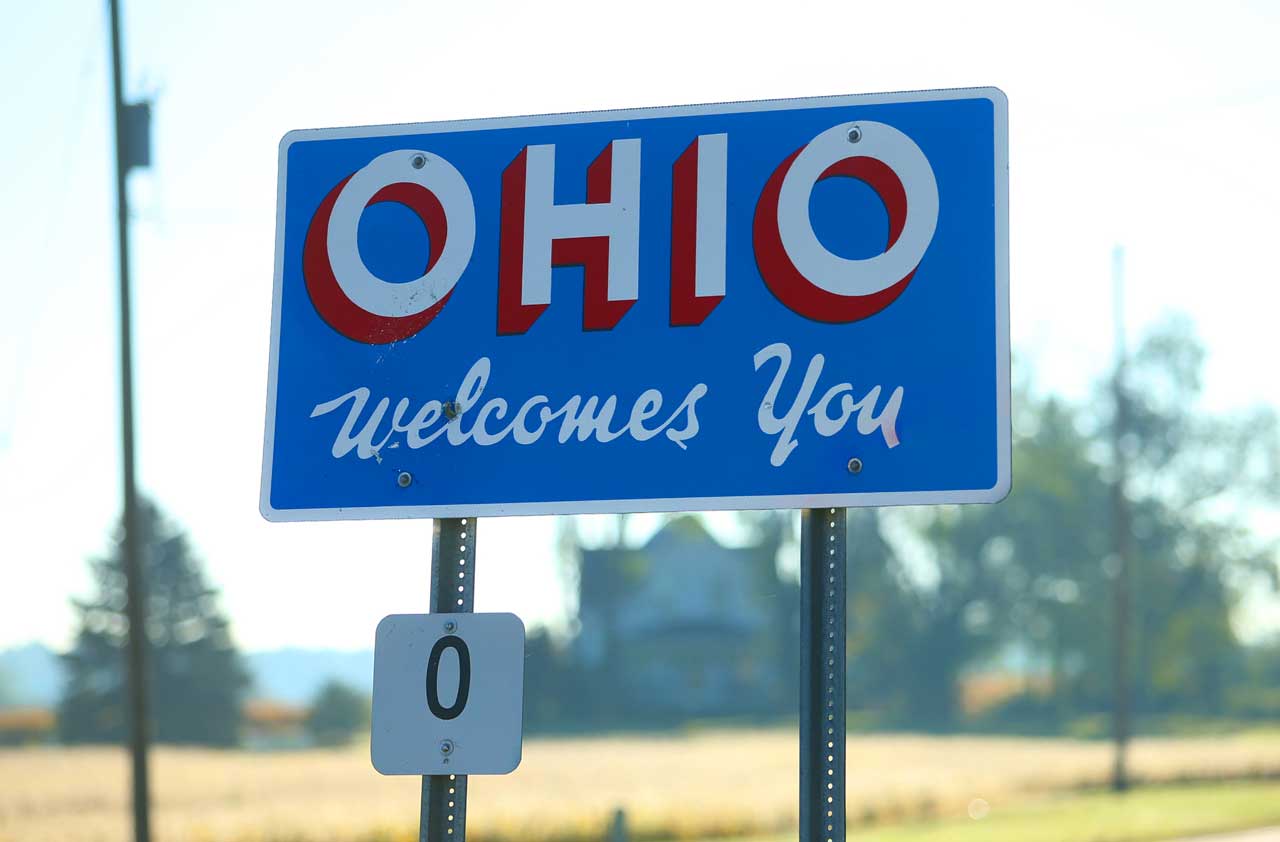
Ohio
- Population: 11.7 million (7th)
- 2010-2019 Population growth: 1.3%
- Current House seats: 16
- Forecast for House seats after the 2020 Census: 15
- Current Electoral College votes: 18
- Forecast for Electoral College votes after the 2020 Census: 17
Ohio’s woes mirror those of the other Rust Belt states (Illinois, Michigan, Pennsylvania), with slow population growth almost certain to cost the state a congressional seat after the 2020 Census. Most of the state’s major cities are shrinking, and only two of its 10 most populous counties have grown by more than 2%. The main exception is the state capital, Columbus, in Franklin County, the only Midwestern entry on the Census Bureau’s list of the fastest growing cities.

Oregon
- Population: 4.2 million (27th)
- 2010-2019 Population growth: 10.1%
- Current House seats: 5
- Forecast for House seats after the 2020 Census: 6
- Current Electoral College votes: 7
- Forecast for Electoral College votes after the 2020 Census: 8
Oregon’s growth is primarily Portland’s growth. Nearly half of the state’s population lives in the counties in and around the state’s largest city, whose population has grown by 11.6% since 2010. Indeed, the state’s three biggest counties—Multnomah, Washington and Clackamas, all in the Portland metro area—have each grown by at least 10% in that time. Salem and Eugene, the state’s second- and third-largest cities, respectively, have also experienced solid population increases.

Pennsylvania
- Population: 12.8 million (5th)
- 2010-2019 Population growth: 0.8%
- Current House seats: 18
- Forecast for House seats after the 2020 Census: 17
- Current Electoral College votes: 20
- Forecast for Electoral College votes after the 2020 Census: 19
Despite being the nation’s fifth-largest state by population, Pennsylvania also ranks among the slowest growing. Its 0.8% population growth since 2010 is seventh-worst in the country. And while five of the state’s 10 largest counties (many of them in the Philadelphia metro area) have experienced growth of 3% or more during this period, the rest of the state has primarily seen population decline.

Rhode Island
- Population: 1.1 million
- 2010-2019 Population growth: 0.5%
- Current House seats: 2
- Forecast for House seats after the 2020 Census: 1
- Current Electoral College votes: 4
- Forecast for Electoral College votes after the 2020 Census: 3
America’s smallest state isn’t getting smaller. But it’s not growing much either, adding a mere 6,397 people since 2010. Virtually all the gains are in Providence, the state capital, with the rest of the state losing population.
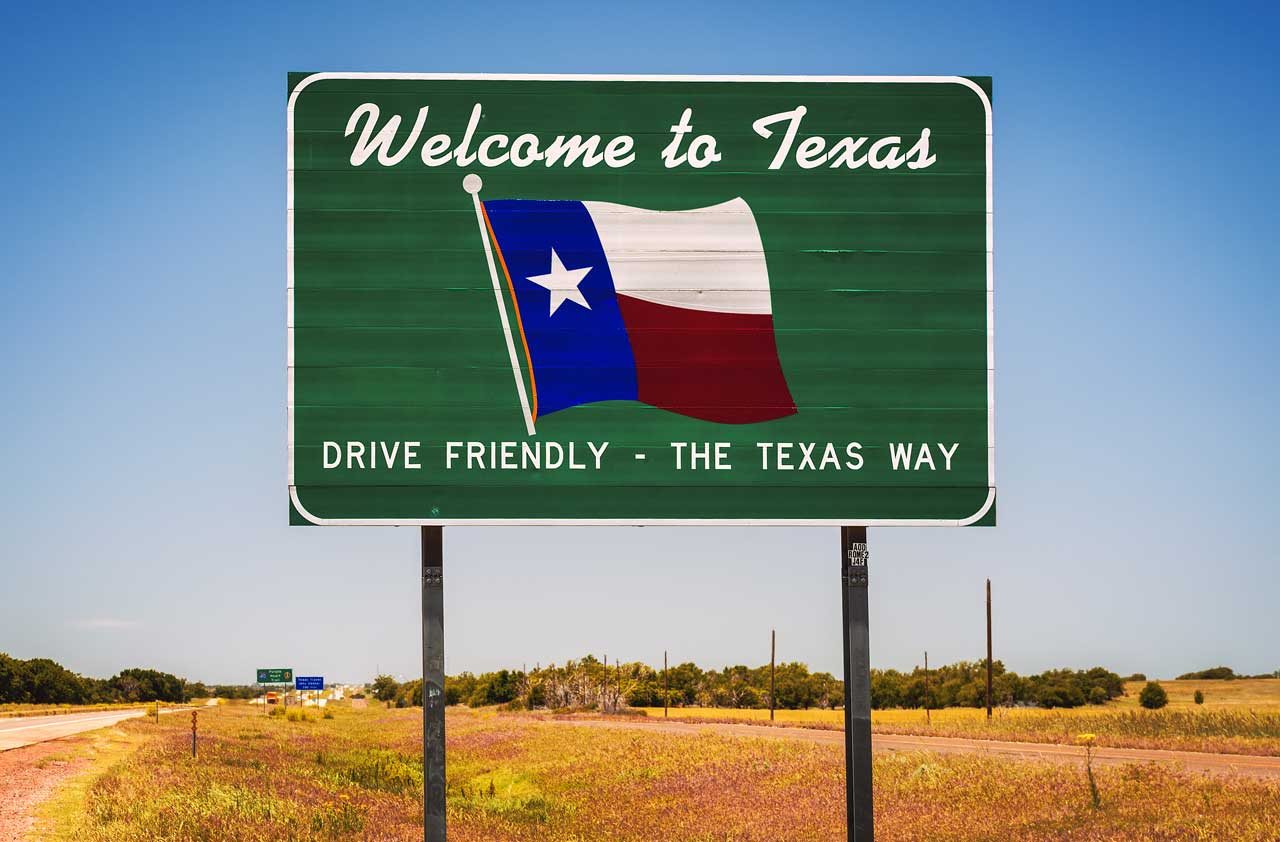
Texas
- Population: 29 million (2nd)
- 2010-2019 Population growth: 15.3% (2nd)
- Current House seats: 36
- Forecast for House seats after the 2020 Census: 39
- Current Electoral College votes: 38
- Forecast for Electoral College votes after the 2020 Census: 41
No state has added more people since 2010 than Texas—a whopping 3.8 million. So naturally, Texas will see the largest increase in congressional representation, picking up three additional seats in the House of Representatives. Most of these gains are concentrated in the state’s five biggest metro areas: Austin, Dallas-Fort Worth, Houston and San Antonio. But even smaller metros such as Odessa-Midland have reaped the benefits of the past decade’s population boom.

West Virginia
- Population: 1.8 million (38th)
- 2010-2019 Population growth: -3.3% (50th)
- Current House seats: 3
- Forecast for House seats after the 2020 Census: 2
- Current Electoral College votes: 5
- Forecast for Electoral College votes after the 2020 Census: 4
West Virginia’s population has declined every year since 2012, contracting faster than any other state since the last Census (though Illinois lost more people overall); impoverished coal counties have been particularly hard hit. The only growth has come from the Eastern Panhandle (Morgan, Berkeley and Jefferson Counties) and Morgantown (Monongalia County), home of West Virginia University.
Get Kiplinger Today newsletter — free
Profit and prosper with the best of Kiplinger's advice on investing, taxes, retirement, personal finance and much more. Delivered daily. Enter your email in the box and click Sign Me Up.

-
 6 Stunning Waterfront Homes for Sale Around the US
6 Stunning Waterfront Homes for Sale Around the USFrom private peninsulas to lakes, bayous and beyond, Kiplinger's "Listed" series brings you another selection of dream homes for sale on the waterfront.
By Charlotte Gorbold Published
-
 Six Reasons to Disinherit Someone and How to Do It
Six Reasons to Disinherit Someone and How to Do ItWhether you're navigating a second marriage, dealing with an estranged relative or leaving your assets to charity, there are reasons to disinherit someone. Here's how.
By Donna LeValley Published
-
 The Cheapest Places To Retire in the US
The Cheapest Places To Retire in the USWhen you're trying to balance a fixed income with an enjoyable retirement, cost of living is a crucial factor to consider.
By Stacy Rapacon Published
-
 Can Stocks Picked by Artificial Intelligence Beat the Market? 3 Stocks to Watch
Can Stocks Picked by Artificial Intelligence Beat the Market? 3 Stocks to Watchstocks An artificial intelligence stock-picking platform identifying high-potential equities has been sharp in the past. Here are three of its top stocks to watch over the next few months.
By Dan Burrows Last updated
-
 AI Regulation is Looming: Kiplinger Economic Forecasts
AI Regulation is Looming: Kiplinger Economic ForecastsEconomic Forecasts Find out what Washington and regulators have planned for artificial intelligence.
By John Miley Published
-
 5 Stocks to Sell or Avoid Now
5 Stocks to Sell or Avoid Nowstocks to sell In a difficult market like this, weak positions can get even weaker. Wall Street analysts believe these five stocks should be near the front of your sell list.
By Dan Burrows Published
-
 Best Stocks for Rising Interest Rates
Best Stocks for Rising Interest Ratesstocks The Federal Reserve has been aggressive in its rate hiking, and there's a chance it's not done yet. Here are eight of the best stocks for rising interest rates.
By Jeff Reeves Last updated
-
 The 5 Safest Vanguard Funds to Own in a Volatile Market
The 5 Safest Vanguard Funds to Own in a Volatile Marketrecession The safest Vanguard funds can help prepare investors for continued market tumult, but without high fees.
By Kyle Woodley Last updated
-
 The 5 Best Inflation-Proof Stocks
The 5 Best Inflation-Proof Stocksstocks Higher prices have been a major headache for investors, but these best inflation-proof stocks could help ease the impact.
By Louis Navellier Published
-
 5 of the Best Preferred Stock ETFs for High and Stable Dividends
5 of the Best Preferred Stock ETFs for High and Stable DividendsETFs The best preferred stock ETFs allow you to reduce your risk by investing in baskets of preferred stocks.
By Kyle Woodley Last updated
